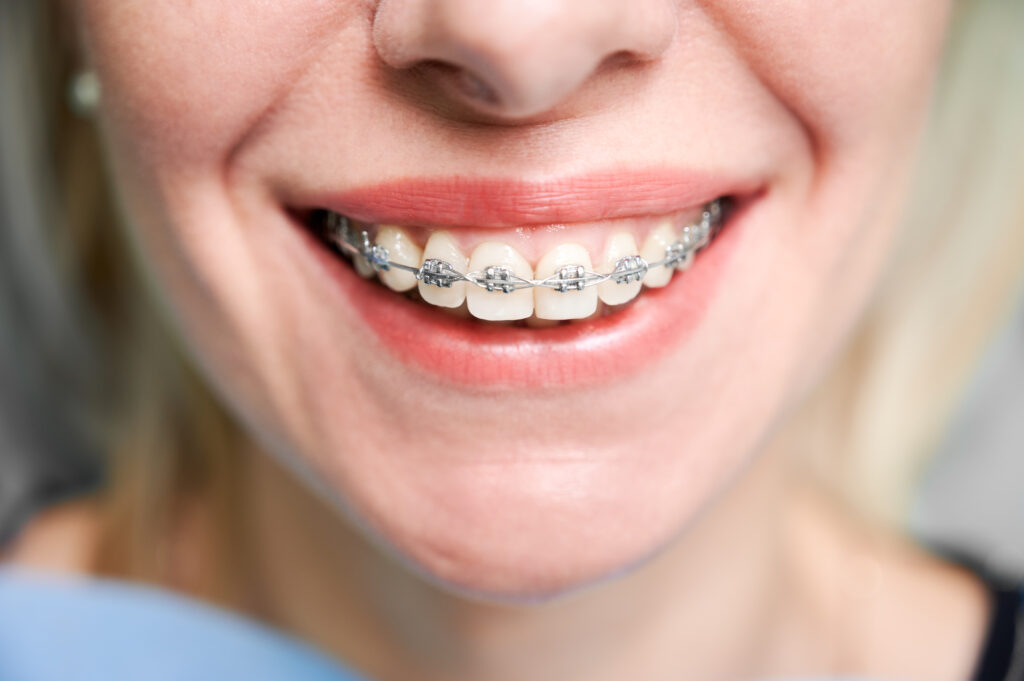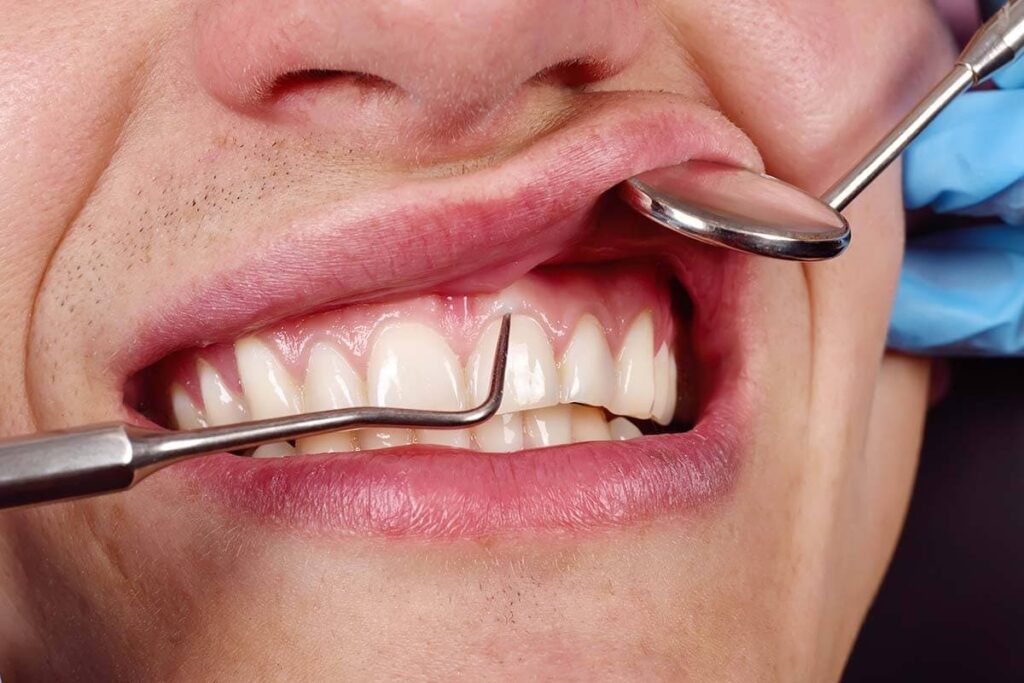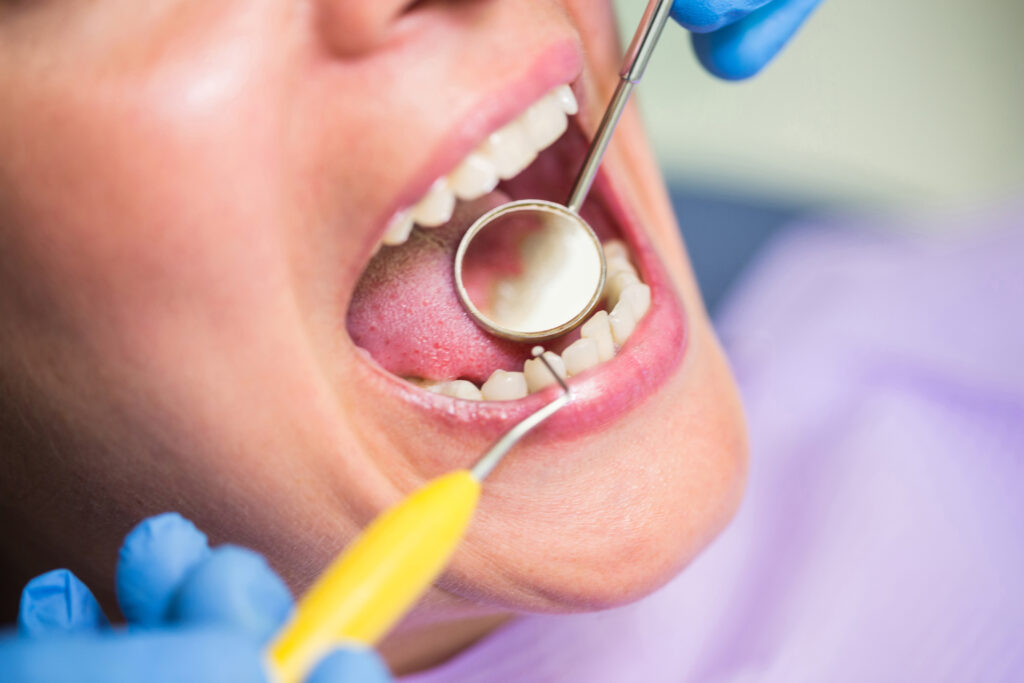Why Traditional Metal Braces Still Work Best for Many Smiles in Riverpark
When it comes to straightening teeth, the world of orthodontics has changed a lot in the last two decades. Clear aligners, ceramic brackets, and even removable trays are all over your social feeds, and yes, they have their place. But there’s a reason traditional metal braces are still a go-to solution for dentists and orthodontists in Riverpark. They’re not outdated; they simply work. If you or your child is dealing with significant crowding, bite problems, or teeth that just won’t move with less aggressive options, traditional metal braces might be exactly what’s needed. 1. They Handle Tough Cases Better Than Anything Else Clear aligners work for some people, but not everyone. If teeth are really crowded, the bite is deep, or the jaw is tricky, metal braces usually do the job better. Metal braces let the orthodontist move each tooth little by little, exactly where it needs to go. Aligners can’t always do that. Lots of Riverpark orthodontists still use metal braces when a patient needs more than just a simple fix. 2. They Don’t Rely on Patient Discipline One of the biggest downsides of clear aligners? You have to wear them 20–22 hours a day and take them out every time you eat or drink anything but water. For teens and even busy adults, that kind of routine can be hard to stick with. Lost aligners, forgotten trays, or skipped wear time can delay treatment or make results less predictable. Traditional metal braces stay on your teeth 24/7. They’re always working, whether you’re at school, asleep, or playing sports. That makes them especially ideal for teens in Riverpark who may not be ready for the responsibility of removable aligners. 3. They’re Strong, Durable, and Getting Smaller Today’s traditional metal braces are more comfortable and lower profile than the bulky versions from years ago. Brackets are smaller, wires are lighter and with colored bands or clear options, they’re easier to personalize. Metal braces are known for their toughness. They hold up well against hard foods, sports, and busy days at school. This makes many parents feel confident about choosing them for their kids or teens. 4. Treatment Results You Can Count On You’ll visit often to have the wires adjusted and to make sure your teeth are moving as they should. This steady process means many people finish treatment faster than they expect. There are fewer surprises, and your teeth are less likely to shift back after the braces are removed. Choosing metal braces in Riverpark means using a method that has helped millions get great results over many years. 5. They’re Often More Affordable The price can vary depending on how complicated your case is, but metal braces tend to be cheaper than clear aligners or ceramic ones. Many insurance plans cover them as well. Because you don’t have to worry about losing parts or trays, metal braces are often a smart choice for parents thinking long-term for their kids. If budget is important to you, metal braces could be the best option in Riverpark. Conclusion Many people in Riverpark still choose metal braces because they get the job done. They are tough and can fix difficult problems. Metal braces stay on all the time, so you don’t have to worry about forgetting to wear them. They usually cost less too, which helps families. If you or your child need braces that work well, metal braces are a solid, reliable choice.





